
Proposed workforce tax credit could apply to training for 800 Hoosiers
Indiana employers who pay for additional staff training that leads to increased wages could be partially reimbursed for the investment.

Indiana employers who pay for additional staff training that leads to increased wages could be partially reimbursed for the investment.
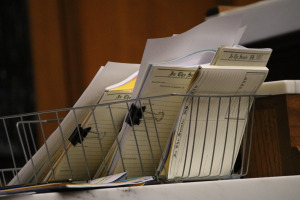
Lawmakers tackled two thorny health care bills that garnered hours of testimony.

The legislation would add a new permitting process for utility developers looking to move large amounts of water to support their projects.
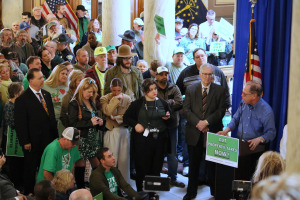
Many of those in the crowd, whose chants could heard throughout the Statehouse, wore green to symbolize the money they say is lost through property taxes.

From property taxes to child care, here’s the status of some of the bills we’re watching this legislative session, which is expected to adjourn at the end of April.
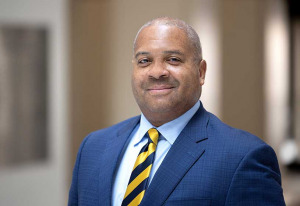
The Indiana Department of Workforce Development’s general counsel will lead the agency for now.

Wednesday’s amendment to Senate Bill 1 marked the bill’s third major iteration this session, signaling that legislative leaders have not yet settled on the approach to lower property taxes.

The state dropped New York City-based BlackRock as an asset manager after the Treasurer’s Office found it had considered ESG practices. But its replacement has a similar background.
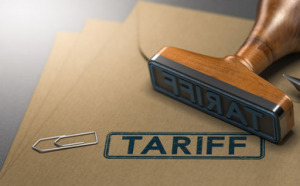
While President Trump’s tariffs could help steel and aluminum plants in the United States, they could raise prices for the manufacturers that use the metals as raw materials.

Committee dockets weren’t too packed during the largely slow week, but the House Ways and Means Committee heard Senate Bill 1, which drew hours of testimony.
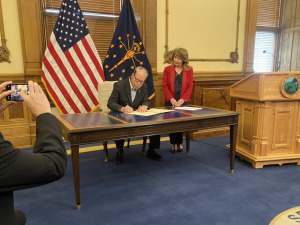
The new leave also extends to mothers who experience stillbirth or fetal loss after 20 weeks of gestation.
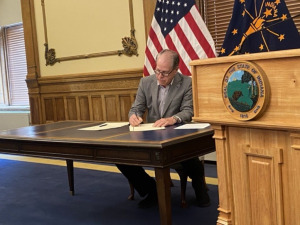
For eligible Hoosiers on unemployment, Gov. Mike Braun said he wants the state’s unemployment program to provide more job assistance support and become a “springboard” for opportunity.

Lawmakers on both sides of the aisle have advocated for this exemption for years.
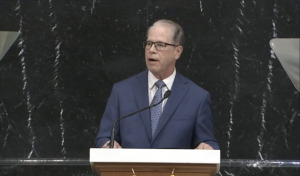
Indiana Gov. Mike Braun said Tuesday that he will continue to fight for broader property-tax relief after a Senate fiscal committee scaled back his plan for ambitious tax cuts.
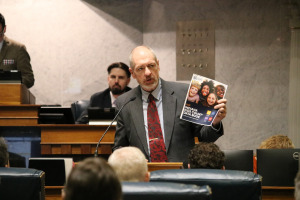
Bill author Sen. Greg Walker, R-Columbus, said the tax credit is one of many measures lawmakers should consider to make it easier for Hoosiers to afford to have children.
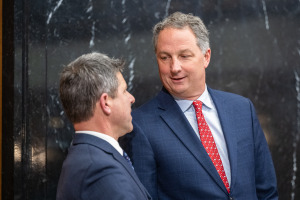
But House Speaker Todd Huston, R-Fishers, has said repeatedly that Indiana lawmakers don’t make policy simply to raise money.

Lawmakers spent hours in session this week passing several dozen lingering bills, including the budget and property tax reform, before the first-half deadline Thursday.

Lawmakers have less to spend due to slowing growth in state tax revenue and ballooning Medicaid costs—both residual effects of the pandemic.
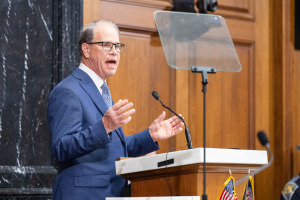
Senate Bill 1, which previously carried Gov. Mike Braun’s ambitious property tax relief plan, was pared down significantly in committee following outcry from local government leaders.

The Senate-approved tax bill would limit total growth in property tax revenue, which could reduce individual bills. But the Republican governor said the legislation lacks “meaningful tax cuts.”